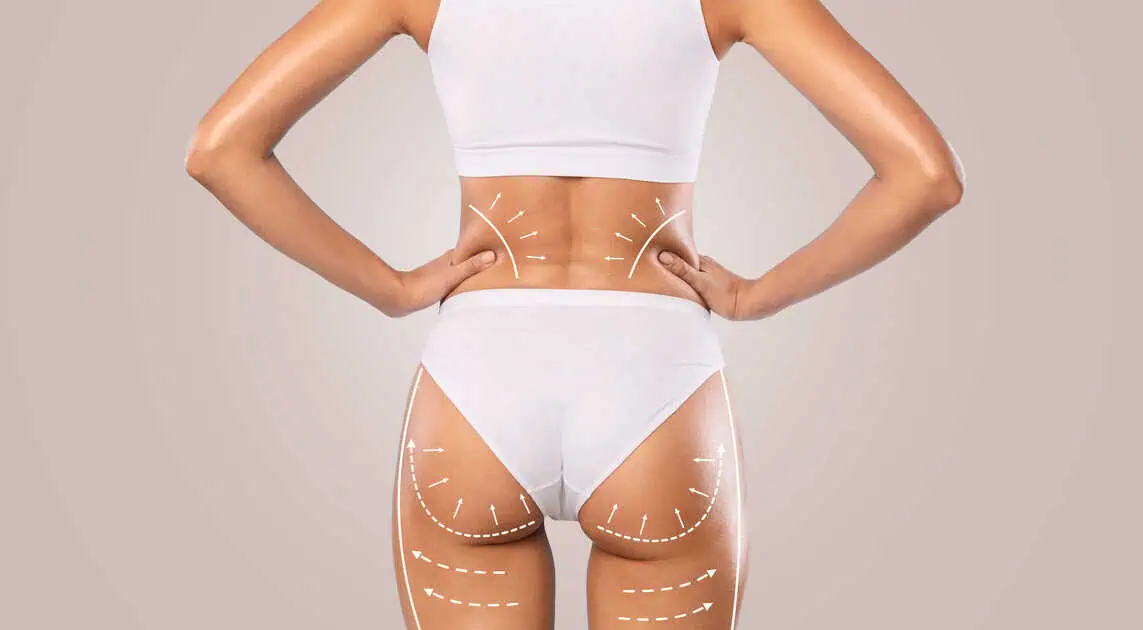Table of Contents
Feeling uneasy about removing your shirt when the weather warms up can be a significant source of anxiety. For many men, looking forward to outdoor activities means also worrying about how their chest looks in lighter clothing. Male breast enlargement, known as gynecomastia, can lead to self-consciousness and affect mental well-being. Fortunately, modern approaches to Gynecomastia Treatment offer lasting solutions. Below, we explore how this condition impacts confidence and outline how surgical intervention can help create a more balanced chest appearance. If you’ve hesitated to seek professional help, this guide will provide important insights and practical information.
Understanding Gynecomastia and Its Emotional Effects
Gynecomastia involves the development of excess breast tissue in males. This growth often causes physical discomfort and leads to stress or embarrassment. Some men find participating in social events or sports challenging because they feel uneasy about wearing fitted shirts or swimwear. While the condition is not life-threatening, its emotional impact can be significant. The fear of judgment or unwanted attention may cause men to retreat from situations that would otherwise be enjoyable.
Many factors contribute to this condition. Hormone imbalances, such as an elevated estrogen-to-testosterone ratio, are among the most common causes. Certain medications and underlying health issues can also play a role. Additionally, obesity and genetic predispositions are linked to this problem. Recognizing these influences is the first step in understanding what might be causing enlarged male breasts and how best to manage them.
Gynecomastia Treatment aims to address the condition’s physical and psychological aspects. By reducing excess tissue and reshaping the chest, men often experience relief from self-conscious feelings. This change can pave the way for a more positive outlook, especially during seasons when more relaxed clothing is common.
Why Seasonal Changes Can Amplify Self-Consciousness
When temperatures rise, people wear lighter clothing, spend more time outdoors, and engage in various recreational activities. These seasonal changes often highlight insecurities for those living with enlarged male breasts. The impact may be felt more strongly in warmer months when short-sleeved shirts or swimsuits are standard attire.
Social gatherings around pools, beaches, and parks can heighten stress. Men who have gynecomastia may avoid these events or feel compelled to keep their shirts on. This behavior can hinder them from fully enjoying summer activities. Some individuals attempt to handle it alone, often through exercise or dieting, hoping that weight loss will improve their chest contour. While healthy lifestyle changes are beneficial, they do not always address glandular enlargement.
Texas residents can receive expert guidance on managing these seasonal challenges by pursuing care from a Gynecomastia specialist. A thorough evaluation helps determine whether surgical intervention is necessary. Medical professionals can often advise on maintaining long-term improvement through balanced eating plans and consistent exercise routines.
Factors That Contribute to Enlarged Male Breasts
Several underlying issues lead to gynecomastia. One primary factor is hormonal imbalance, which occurs when there is too much estrogen in testosterone. However, hormones are not the only influences. Certain prescription drugs, including steroids and medications used to treat high blood pressure, can affect breast tissue.
Additional contributors include obesity and genetics. Excess body weight increases estrogen production, while genetic factors may predispose an individual to store fat in the chest region. Over time, this can create the appearance of enlarged male breasts. Lifestyle choices such as frequent alcohol consumption can also play a part, as alcohol can alter hormone levels and body composition.
Before considering surgery, a detailed evaluation confirms that the cause of the enlarged chest is primarily tissue growth rather than fat alone. If glandular tissue is the root cause, Gynecomastia Treatment in Kerrville and Houston, TX, can include liposuction, glandular tissue removal, or both. Understanding each factor allows doctors to personalize a plan addressing each patient’s concerns.
Surgical Approaches for Gynecomastia Treatment
For men seeking a flatter, more masculine chest contour, gynecomastia surgery can provide a reliable option. Often called Male Breast Reduction Houston, TX, or Gynecomastia Surgery Kerrville, TX, this procedure targets excess fat and glandular tissue. An incision around the areola sometimes allows the surgeon to remove tissue directly. For those with more fat, liposuction can be used to reshape the area for better proportions.
If there is extra skin, the surgical plan may include removing a small segment to ensure a smooth outcome. Each approach is tailored to the individual patient’s anatomy and goals. During your consultation, the surgeon reviews your health history, performs a physical exam, and discusses realistic expectations.
Texas patients receive detailed guidance on the best surgical method for their needs by choosing a Gynecomastia specialist. The result is often a chest that looks and feels natural, helping men move past insecurities. With proper care, the improvements can last for many years.
Benefits of Male Chest Contouring Surgery
Male chest contouring surgery addresses physical appearance and emotional well-being. The procedure restores a firmer profile, which can positively affect self-esteem. Men often report feeling more at ease participating in sports or going to the gym, activities that were previously avoided due to anxiety.
Gynecomastia surgery can also reduce potential skin irritation caused by rubbing or chafing. For some men, the weight of the extra tissue may contribute to chest discomfort. Removing this tissue can make daily activities more comfortable. In addition, patients who maintain a healthy lifestyle and have stable weights can expect to enjoy long-term benefits. Regular exercise and a balanced diet make the chest contour achieved during surgery less likely to revert to its previous state.
Recovery and Maintaining Results
Recovery from gynecomastia surgery usually involves some mild swelling and bruising. Support garments are typically worn for a few weeks to minimize swelling and allow the skin to adjust to the new shape. Most men return to normal routines within a week or two, though heavy exercise may require a longer break.
To maintain results, patients are encouraged to keep a healthy weight and stay active. A consistent workout schedule, combined with balanced nutrition, supports stable hormone levels and limits fat accumulation in the chest. Many men also find that adopting healthier habits is easier once they have achieved the flatter appearance they have always wanted.
To ensure long-term success, following up with your surgeon regularly is essential. These check-ins allow your doctor to monitor progress, address any concerns, and advise on lifestyle changes that could help preserve your improved chest contour.
Conclusion and How to Get Started
Gynecomastia can be more than a physical concern. It often affects self-esteem and can lead men to withdraw from activities they would otherwise enjoy. Fortunately, a solution exists for those seeking a firm, more masculine chest shape. At Layton Aesthetic Plastic Surgery, various methods range from targeted liposuction to advanced techniques that remove glandular tissue and excess skin.
If you have been considering enlarged male breast treatment, the first step is to contact us to learn about your options and decide whether surgical intervention is right for you. Schedule your personalized gynecomastia consultation today to discuss how male chest contouring surgery can create the look and confidence you deserve. Whether you live in Kerrville or Houston, Layton Aesthetic Plastic Surgery is ready to help you achieve long-lasting improvements. You can gain physical comfort and peace of mind by addressing the root causes of Gynecomastia and planning a treatment that meets your unique needs.





